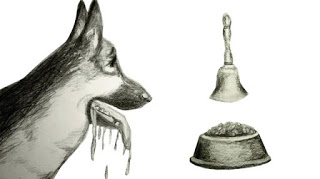
The broad measures of the US dollar are trending higher, and former Fed Chair Bernanke recently refuted claims the US was engaged in a currency war. Many observers had thought that with its unprecedented asset-purchase program, the BOJ was engaged in a currency war.However, the yen has been the strongest major currency over the past six months, and its export volumes are contracting on a year-over-year basis.Â
Not to worry.  Observers who seem almost to have a pathological predisposition to see currency wars at every turn, are settling on a new candidate: China. Chinese officials engineered a lower yuan in August. This unsettled global capital markets. Chinese officials seemed to pull back, allowing the yuan to move broadly sideways in September and October. The yuan began to drift lower again in November, and after being accepted by the IMF for inclusion in the SDR, the pace of decline accelerated.Its losses were extended at the start of the New Year. Â
There are several problems with accusing China of a “currency war” tactics.  At the bare minimum one needs to show that a currency has in fact weakened. And that weakness cannot simply be on a bilateral basis against a one or even a few currencies. Here is a chart of the BIS’s real (adjusted for inflation) trade-weighted measure of the yuan.It was last updated in November. Despite the summer gyrations against the dollar, the BIS index was made new highs in November. Â

Since the low in 2004, six months before the peg to the dollar was loosened, the yuan appreciated by 60% on a real broad trade-weighted basis according to the BIS measure. It appreciated 13.5% from the mid-2014 low to the November 2015 high. Â
It is possible that the inflation differential skews the results. The BIS tracks a nominal effective exchange rate for the yuan as well.It has performed similarly.It appreciated 52.3% from the low recorded in 2005. It rose nearly 13% since the low near mid-2014 through this past November.Â

